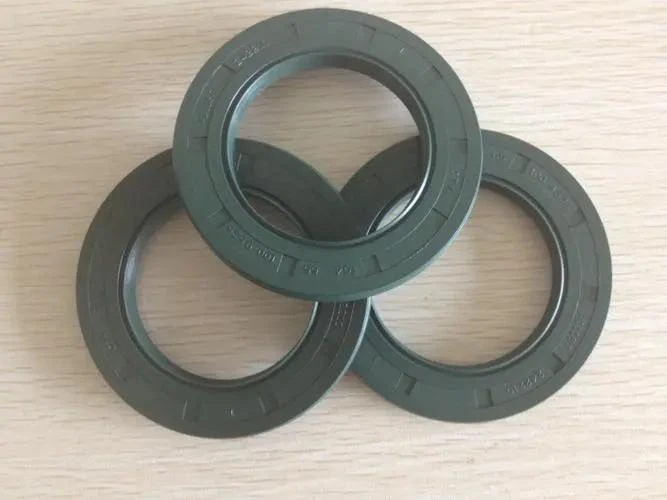11 月 . 01, 2024 04:44 Back to list
Understanding the Importance of Crankshaft Oil Seals in Engine Performance and Maintenance
Understanding Crankshaft Oil Seals Importance and Function
Crankshaft oil seals are essential components in automotive engines, playing a critical role in ensuring proper engine function and longevity. These seals are specifically designed to prevent oil leaks between different engine compartments, primarily where the crankshaft exits the engine block. A well-functioning oil seal contributes to the overall efficiency of the engine and helps maintain optimal performance.
What Is a Crankshaft Oil Seal?
The crankshaft oil seal is typically made of rubber or a combination of materials that offer flexibility and resilience to withstand various temperatures and pressures within the engine. The primary function of this seal is to create a tight barrier between the inner workings of the engine and the external environment. This prevents engine oil from leaking out, which is crucial for maintaining the necessary lubrication of engine components.
Importance of Oil Seals
1. Preventing Oil Leaks One of the most critical functions of the crankshaft oil seal is to prevent oil from seeping out of the engine. Oil leaks can lead to reduced lubrication, potentially causing significant engine damage due to friction between moving parts.
2. Maintaining Pressure Efficient engine operation requires proper internal pressure. The oil seal helps maintain this pressure, ensuring that oil circulates effectively throughout the engine, providing vital lubrication to critical components.
crankshaft oil seal

3. Reducing Contamination The crankshaft oil seal also serves to keep dirt, dust, and other contaminants from entering the engine. This is vital because foreign particles can cause wear and tear on engine components, leading to premature failure.
4. Extending Engine Life By preventing leaks and contamination, the crankshaft oil seal contributes to the overall longevity of the engine. A well-maintained seal can help avoid costly repairs and extend the time between necessary maintenance.
Signs of Oil Seal Failure
Drivers should be vigilant for signs of crankshaft oil seal failure, such as oil spots on the driveway, a drop in engine oil levels, or unusual engine noises. If any of these symptoms are present, it’s essential to have the vehicle inspected promptly to prevent further damage.
Conclusion
In summary, crankshaft oil seals, while often overlooked, are crucial for the proper functioning of an engine. They play a vital role in preventing oil leaks, maintaining engine pressure, and protecting against contamination. Regular maintenance and timely replacement of worn or damaged oil seals can significantly extend the life of an engine, ensuring that it operates efficiently for years to come. Understanding the importance of these small yet powerful components can help car owners better care for their vehicles and avoid costly repairs.